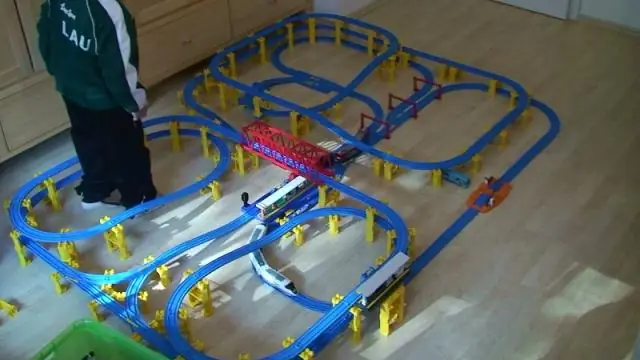
Table of contents:
- Author Bailey Albertson [email protected].
- Public 2023-12-17 12:53.
- Last modified 2025-06-01 07:32.
Do-it-yourself bar stools

Many owners of apartments and private houses equip their kitchen or living room with a bar counter - a very convenient and functional piece of furniture. Original and at the same time comfortable bar stools will be a worthy addition to it. But in stores you can rarely find an option to your liking: they can look too formal, uncomfortable, not at home. And the prices bite. Therefore, we suggest you make your own bar stools.
Content
- 1 Required materials and tools
-
2 Collecting bar stools
- 2.1 Solid wood
- 2.2 The second version of the wooden chair
- 2.3 Video: DIY wooden bar stool
- 2.4 Metal bar stool
- 2.5 Video: DIY metal bar stool
- 2.6 Bar stool made of pipes
- 3 How to avoid mistakes
Required materials and tools
The simplest version of the bar stool is made of wood and plywood.
To create these chairs you will need:
- screwdriver;
- drill with drills for 3 and 6 mm;
- a hammer;
- jigsaw;
- roulette;
- carpentry corner;
- bit;
- plane;
- self-tapping screws;
- sandpaper (if possible, use a sander);
- stain;
- solvent;
- brushes;
- varnish.
Depending on the option you choose, you need to take solid wood or plywood. You can use metal, but in this case the work will be more difficult. We will tell you more about this in the step-by-step description of the work.
Before starting, draw up a drawing or diagram showing the exact dimensions of the product. This will determine the required amount of consumables

Standard bar stool layout
The standard dimensions of bar stools are calculated based on the distance from the bottom surface of the table top to the floor. The gap between the chair seat and the tabletop is usually 30-35 cm.
Based on this basic data, you can create your own product design.
Collecting bar stools
So, you have decided what material you will use. Let's take a step-by-step look at how you can make several types of chairs yourself.
Solid wood
When choosing wood for a product, pay attention to the most accessible species - pine and birch. They are great for this kind of work, the array can be bought in the store in the form of furniture boards. The required thickness is 20 and 30 mm. You can borrow some details from old chairs.
Cut out 10 pieces:
- part 1 - one circle with a diameter of 36 cm and a thickness of 30 mm;
- part 2 - one circle with a diameter of 26 cm and a thickness of 20 mm;
- part 3 - four legs 30 mm thick;
- detail 4 - four stiffeners 30 mm thick.
The first part will serve as a seat, the second (small circle) - a substrate under the seat.

Chair seat and pad
When cutting out the legs of the future chair, make sure that the structure of the wood in the array is vertical.

The leg of the future chair and a visual drawing for it
Cut out the ribs from the 20 mm thick solid wood - they will serve as a footrest.

Stiffening rib
Now start assembling the chair. To do this, you need 3 types of screws:
- 5 X 80 - to screw the legs to the small circle and to each other;
- 5 X 40 - for attaching the seat to a small circle;
- 5 X 20 - to secure the ribs.
The ribs are attached to the legs with corners, which are placed below, from the side of the floor.

Bar stool assembly process
The diameter of the holes for self-tapping screws in the plane should be 6 mm, in the end - 3 mm.
You just have to stain the chair with stain, dry it and open it with 2-3 layers of varnish. The bar stool is ready!

Ready bar stool
The second version of the wooden chair
These bar stools are very easy to design and convenient to use. Their peculiarity is that the seat can be made straight or bent, and subsequently, if desired, upholstered with fabric

Solid wood bar stools
Make a drawing

Chair drawing
take a close look at the second drawing: for the sake of simplicity, it omits the top two crossbars under the seat. Remember to add them when building

More visual and detailed drawing
for the legs of the chair, use beams 38 x 38 mm. You can take poplar wood if there is no pine or birch. The length of the legs will be 71 cm. At their ends, make cuts at an angle of 5 degrees

Chair legs
attach a short bar to the top, the so-called chair apron. In the same way, fix the middle and lower crossbar

Securing the bars to the chair legs
Attach a second longer bar to the top of the rack on the right side. Also install the bottom one - it will act as a footboard

Fastening the footrests
do the same on the left side. To make it comfortable, set the height of the footrest according to the height of the people who will sit on these chairs

Attaching the footrests on the other side
fasten the halves of the chair to each other

Assembling the chair body
How to make a recess on the seat? There is a way for this, however, it is not an easy one. Make several cuts of different depths along the surface and cut the groove with a chisel.

Seat recess
Sand the surface of the seat, attach it to the legs. Fill in the holes for the oblique screws, sand the entire chair and paint.

The chair is ready, it remains only to paint
Video: DIY wooden bar stool
Metal bar stool
This chair will be a real exclusive, so you don't have to regret the time and effort involved.

The metal bar stool will become a truly exclusive piece
Surely you have the remains of sheet metal, metal profiles and scrap. All this will be used.
Draw with a pencil the shape of the future seat on a flat asbestos welding sheet. In the photo, it is indicated by red lines.

Seat sketch
Cut out the blanks according to the sketch from the 25 mm strip. Cook them together.

Workpieces welded together
For internal nesting, cut blanks from the same strip.

Internal layout blanks
Weld the blanks and grind. Round the corners.

Scratched seat blank
Weld the legs from the 30 X 20 mm profile to the seat. While welding, grab the legs at one welding point, gently push them to the desired position.

Weld the legs from the profile
Mark the levels of the footrest, for example 45 cm from the seat. Consider how comfortable that height is for your height.

Footrest level mark
Also make the footrests from a 30 X 20 profile.

The footrests are made from the same profile
Instead of plastic or rubber stoppers for metal profile legs, you can use wooden heels. They do not scratch the floor and you can always grind them down to size.

Wooden cork blank for metal profile
These plugs do not need to be screwed or fixed with glue - they adhere perfectly to friction. The main thing is to grind them in size with the legs.

Wooden plugs set
The chair is ready, it remains to paint it. Apply a coat of primer first.

Chair priming
After the primer is dry, paint everything below the seat with black paint. Wait until dry.

Painting chair legs
Wrap black painted surfaces with foil so as not to stain them during further work. Paint the seat red.

Seat painting
After the chair is dry, you can use it to your heart's content!
Video: DIY metal bar stool
Bar stool made of pipes
Ordinary metal pipes can also serve you as a cabinet for a bar stool. The most suitable material is chrome-plated stainless steel. It is better not to use plastic or PVC pipes: compared to metal, their strength is very low.
You will need:
- plywood or chipboard;
- construction stapler and staples to it;
- metal billets from pipes;
- several pipe benders;
- screwdriver or drill;
- mounting bolts;
-
upholstery fabric, foam rubber for the seat.

bar stool Bar stool made of metal pipes
- Decide which model you will be making. The corresponding magazines will help you with this.
- Measure the height of the bar to know the size of the future chair. Pre-prepare blanks from metal pipes for the base of the chair, cutting them into pieces of the desired length.
-
To find the correct pipe diameter, consider the maximum load on the chair.

metal tube billet Carefully select the dimensions of the workpiece: diameter and length
- Bend each workpiece in the upper part with a pipe bender in the form of a semicircle. Fasten the workpieces together with fixing bolts - this way you will provide the future chair with greater stability.
- Make a seat from chipboard or plywood. When determining the required diameter, take into account the weight of the person who will be sitting on the chair. Attach the foam rubber to the fabricated seat frame with a stapler and cover it with an upholstery fabric. Use a dirt-resistant material that is easy to wet and dry to clean.
- Attach the finished seat to the junction of the metal blanks. Do this with a screwdriver (or drill) and fasteners.
- If you want to make foot rests, mark the required height on the chair legs and fix at this level pieces of metal pipe equal in length to the distance between the legs.
How to avoid mistakes
There is of course the potential for mistakes. Many of them can be easily fixed, but some can negate all your efforts. To prevent this, always follow the adage "Measure seven times - cut once."
Use diagrams and drawings of finished products, which indicate the exact calculations for each part. So you protect yourself from unnecessary material costs and inaccuracies during assembly.
If you're new to carpentry, don't try to start by assembling a designer chair with an intricate design, and better skip the idea of assembling a folding bar stool. Take the simplest model, practice, "fill" your hand, and then gradually raise your level. If you nevertheless decide to create your own exclusive model, use special computer programs for design development and structural calculation. Among the most common, convenient and easy to use, two can be distinguished:
- PRO-100;
- Cutting.
Thanks to them, you will build an accurate drawing of the product, verified to the millimeter much faster, and preview the result in a 3D model. Additional functions of these custom programs allow you to find out the quantity of materials required, which significantly reduces waste.
As you can see, there is nothing difficult in making bar stools with your own hands, this task can be easily dealt with. If you have any questions about this topic, please ask them in the comments. Good luck and easy work!
Recommended:
How To Make A Children's Swing In The Country With Your Own Hands (made Of Wood Or Metal, Drawings, Photos And Videos)
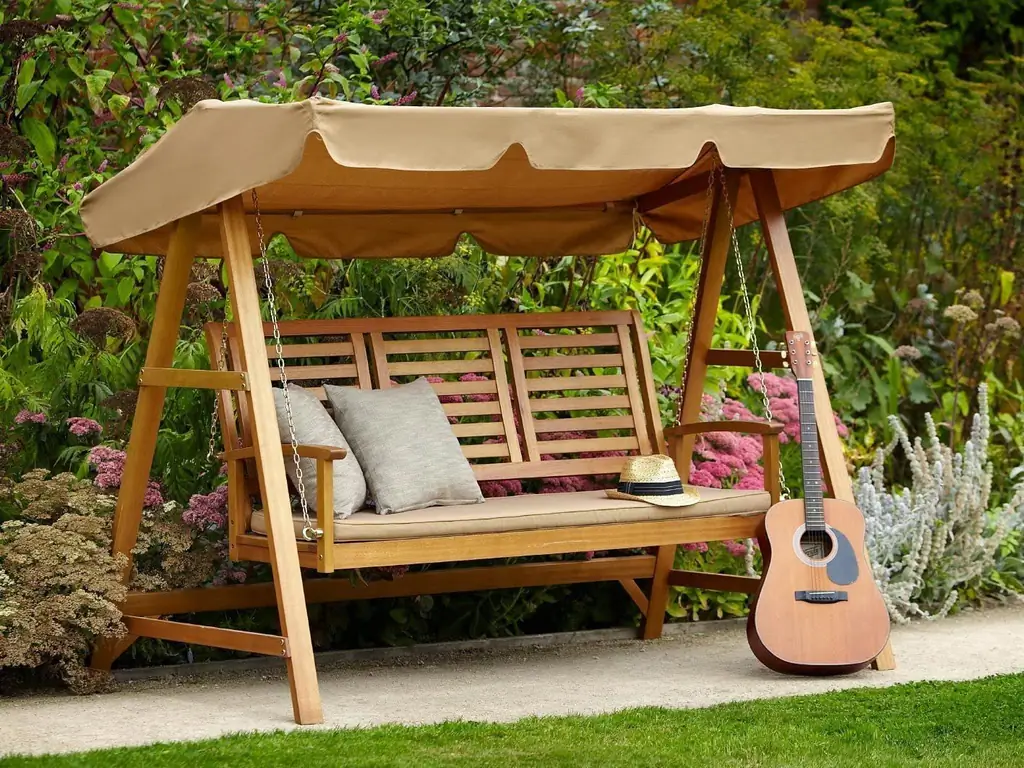
Step-by-step instructions for the construction and installation of a swing at a summer cottage. Material selection, tools, model drawings
How To Build A Fence Made Of Wood (pallets, Boards And Other Materials) With Your Own Hands - Step By Step Instructions With Photos, Videos And Drawings

Building a wooden fence with your own hands will save you from uninvited guests and create an atmosphere of genuine home comfort on the site
How To Make Garden Benches With Your Own Hands From Pallets, Pallets And Other Materials At Hand - Step By Step Instructions With Photos, Videos And Drawings
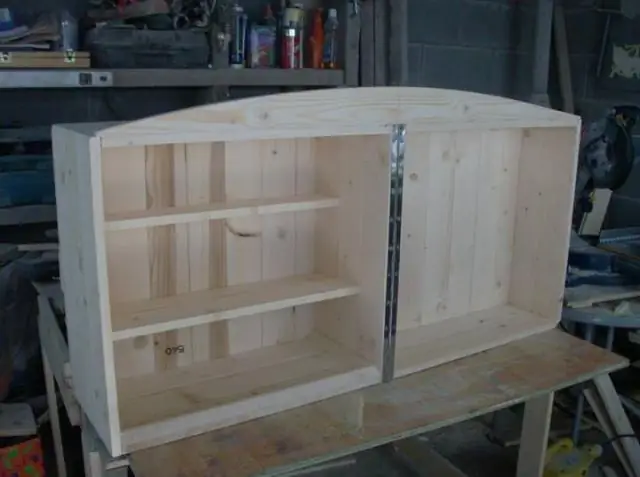
Do-it-yourself construction of classy garden benches from pallets, old chairs and other improvised materials: step-by-step instructions, drawings, photos, videos
How To Build A Sun Lounger With Your Own Hands From Wood And Other Materials - Step By Step Instructions With Photos, Videos, Drawings, Work Progress And Dimensions
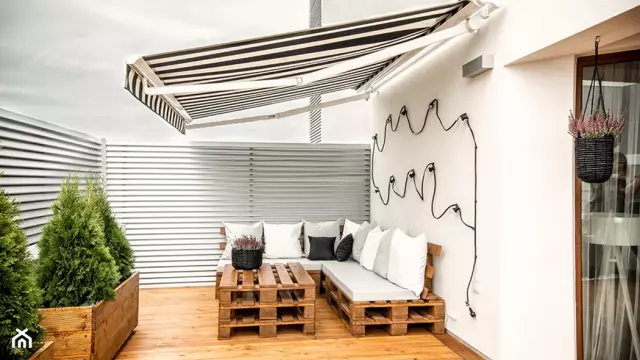
How to make a sun lounger with your own hands for a summer vacation. Selection of materials, types of structures and drawing up a drawing of the selected type with further assembly
How To Make A Font For A Bath With Your Own Hands, Wooden And From Other Materials - Step-by-step Instructions With Photos, Videos, Dimensions And Drawings
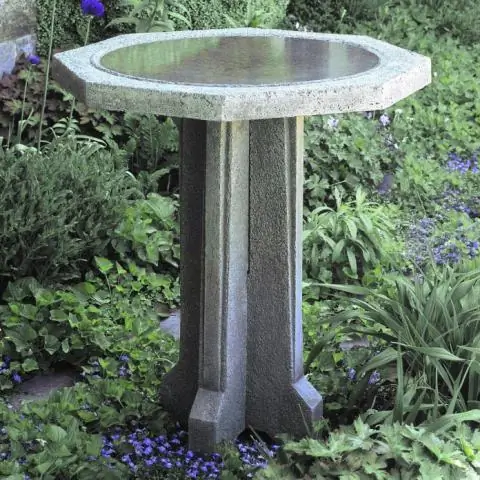
Why do you need a hot tub, its design. Types of fonts. How to make a font with your own hands: step by step instructions. Photo and video
